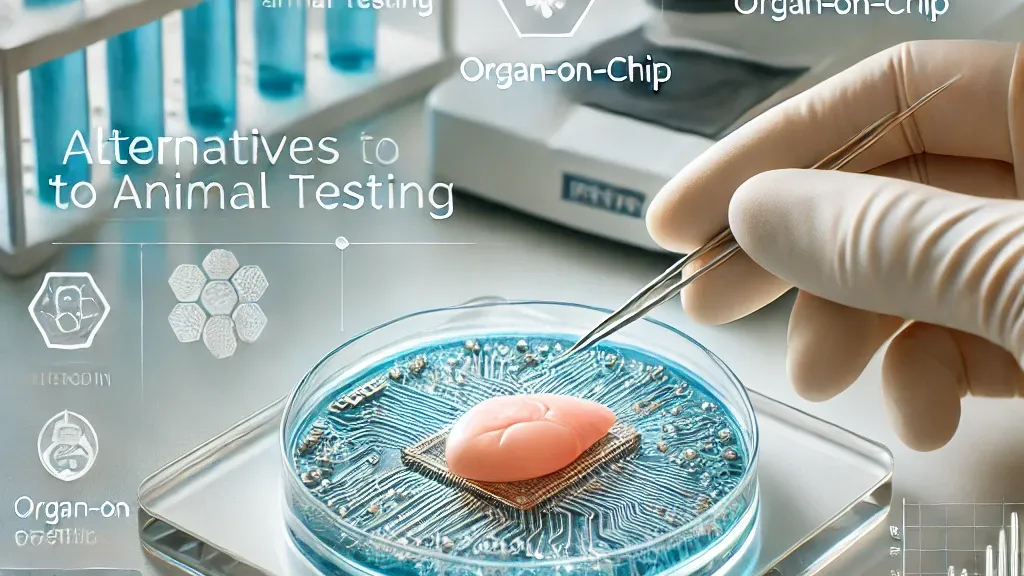The use of animals in scientific research and testing has long been a topic of debate, with growing awareness around ethical treatment, scientific accuracy, and economic efficiency driving change. Across laboratories worldwide, animals—from mice and monkeys to zebrafish—have historically been subjected to experiments that can cause pain, psychological distress, or even death. Today, the conversation is shifting: advocates, scientists, and innovators are exploring human-relevant alternatives that are not only more humane but often more predictive of human outcomes.
The Ethical Case Against Animal Testing
At the core of opposition to animal testing are profound ethical concerns. Laboratory animals are sentient beings, capable of experiencing pain, fear, and stress. Many are confined to barren cages, separated from natural social groups, and subjected to invasive procedures without anesthesia. Cases like Britches, a baby monkey taken from his mother, blinded by having his eyes sewn shut, and condemned to isolation in a laboratory, highlight the extreme suffering some animals endure in the name of science.
Animals cannot give consent, making their use in research fundamentally coercive. Ethical frameworks increasingly recognize that all animals have intrinsic value and deserve to be treated with dignity rather than exploited solely for human benefit. For these reasons, cruelty and welfare concerns remain central to the push against animal-based experiments.
Scientific Limitations of Traditional Animal Testing
Beyond ethical considerations, the scientific reliability of animal testing is under scrutiny. Physiological, genetic, and anatomical differences between species can make results from animal experiments poor predictors of human outcomes. For example, the National Institutes of Health has reported that up to 95% of drugs that succeed in animal trials fail in human clinical trials.
Many human diseases, including major cancers, Alzheimer’s, and Parkinson’s, do not naturally occur in laboratory animals, limiting the relevance of these models. Moreover, animal testing can sometimes generate misleading results, delaying the discovery of effective human treatments. These shortcomings emphasize the need for research methods that more accurately reflect human biology.
Economic and Practical Concerns
Animal research is not only ethically and scientifically controversial but also costly and resource-intensive. Maintaining live animal colonies requires substantial investment in housing, veterinary care, and staff time, and experiments often span months or years. Meanwhile, modern in vitro, computational, and human-based research technologies offer faster, cheaper, and often more precise alternatives, challenging the practicality of traditional animal studies.
Cutting-Edge Alternatives to Animal and Wildlife Testing
The landscape of research is rapidly evolving, with innovative methods reducing or replacing the need for animal subjects. Some of the most promising alternatives include:
In Vitro and Cellular Approaches:
- Cell-based assays and tissue cultures use human cells in controlled lab environments.
- 3D tissue cultures and organoids replicate miniature, functional versions of human organs.
- Organs-on-a-chip, microfluidic devices lined with human cells, simulate organ systems for drug and chemical testing.
Computational and Mathematical Models:
- Computer simulations model biological processes and predict chemical behavior.
- Artificial Intelligence (AI) analyzes large datasets to forecast human responses to drugs and chemicals.
- Quantitative Structure-Activity Relationships (QSARs) predict toxicity based on chemical structure.
Human-Based Methods:
- Ethical clinical trials and microdosing allow researchers to study drug metabolism in humans safely.
- Advanced imaging techniques, like fMRI, enable non-invasive studies of brain function and organ systems.
- Human-patient simulators, lifelike computerized models, provide medical training without live animals.
Other Innovative Techniques:
- Using lower organisms such as fruit flies, roundworms, and zebrafish for fundamental biological studies.
- 3D bioprinting of human-like tissues for testing drug effects.
- Microdosing human volunteers with minimal drug amounts to gather critical pharmacological data.
These approaches demonstrate that it is both scientifically feasible and ethically responsible to reduce or eliminate the reliance on animals in research. They provide faster, safer, and often more accurate data for human health, making animal suffering increasingly unnecessary.
Moving Toward a Humane and Effective Future
Stories like Britches’ underscore the urgency of this transition. By integrating cutting-edge alternatives, scientists can preserve the welfare of animals while still advancing medicine and public health. Organizations, research institutions, and innovators are increasingly investing in these human-relevant methods, recognizing that ethical considerations, scientific accuracy, and economic efficiency can align rather than conflict.
Sustainable Action Now encourages researchers, policymakers, and the public to support alternatives that protect animals and wildlife, and to explore ways to fund and scale these technologies. Resources and further guidance on reducing animal testing can be found at Sustainable Action Now’s animal testing initiatives, providing a roadmap for a future where science and compassion coexist.
The movement to replace animal testing is not just a matter of ethics—it is a leap forward in the way we understand biology, develop medicine, and safeguard the planet’s biodiversity. As society continues to embrace these advanced methods, the hope is that fewer sentient beings will suffer, research outcomes will improve, and science will advance with a conscience.


